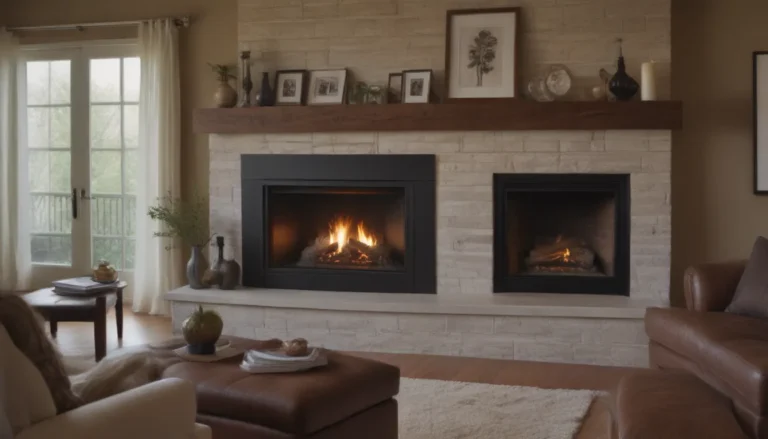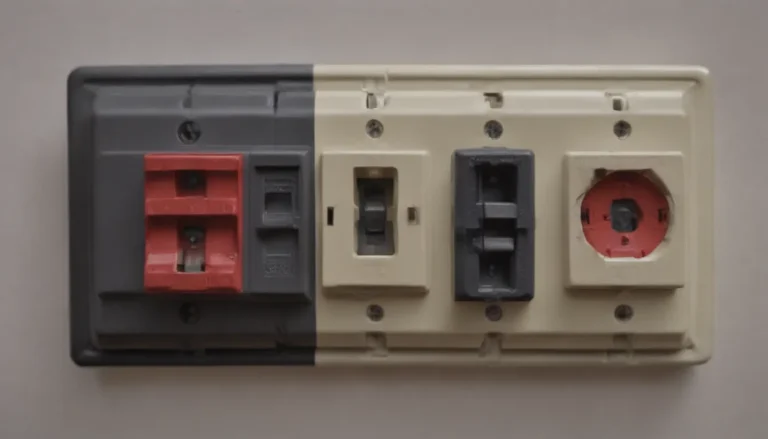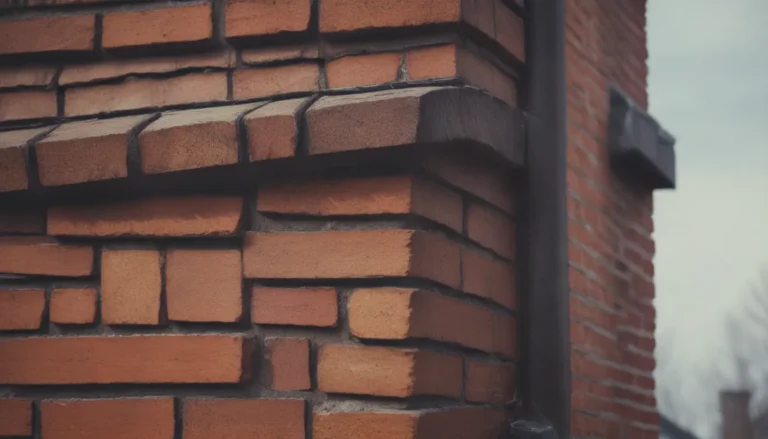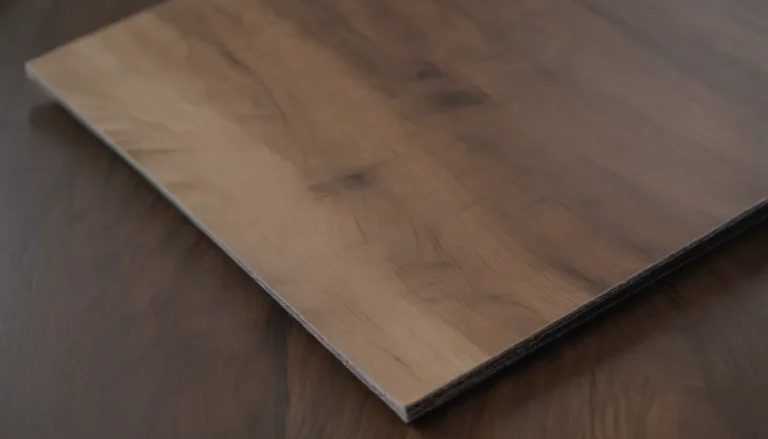A Comprehensive Guide to Board and Batten Siding and Paneling

Welcome to our in-depth guide to board and batten! Whether you’re considering updating your home’s exterior or interior, board and batten siding and paneling can add a touch of charm and character to any space. In this article, we will explore everything you need to know about this classic siding style, from its origins and material choices to costs and maintenance tips.
What Is Board and Batten?
Board and batten is a popular siding and paneling style that features alternating wide boards and narrow strips of wood known as battens. This traditional technique creates a striking, textured look that is commonly found on farmhouses, country-style homes, and even modern interiors. Unlike shiplap or wainscoting, board and batten is known for its geometric, layered effect that adds visual interest to any space.
Key Features of Board and Batten:
- Consists of wide boards and narrow battens
- Can be installed vertically or horizontally
- Typically 1 foot wide boards and 1/2 inch wide battens
- Creates a unique, informal look reminiscent of traditional farmhouses
Historical Uses of Board and Batten
Originally, board and batten siding was used as a cost-effective and energy-efficient method of cladding structures such as barns and sheds. The addition of battens over the vertical seams of wider boards provided extra strength and protection from the elements. This style became synonymous with rural architecture, with many barns in North America featuring board-and-batten siding. During the Victorian era, board and batten was also used to enhance the architectural detail of Carpenter Gothic buildings.
Board-and-Batten Material Choices
When it comes to board and batten siding and paneling, there are a variety of material options to choose from. Some common choices include wood, composite, aluminum, vinyl, and steel. Interior paneling is often crafted from wood, with options like cedar, pine, oak, and redwood available. Vinyl board and batten pieces offer affordability and low maintenance, as they do not require painting or staining.
Pros and Cons of Different Materials:
- Wood: Classic look, but may require more maintenance
- Vinyl: Affordable and low maintenance, but less traditional appearance
- Composite: Durable and weather-resistant, but may be more costly upfront
Board and Batten Costs
The cost of board and batten siding and paneling can vary depending on the materials selected and the scope of the project. For exterior siding, prices typically range from $4,000 to $14,000, with material and installation costs ranging from $3 to $21 per square foot. Interior board-and-batten paneling may cost between $7 and $20 per square foot for materials and labor. While board and batten can be a timeless addition to your home, it’s essential to consider the upfront costs and long-term maintenance requirements.
Tips for Budgeting and Cost Estimation:
- Obtain multiple quotes from contractors to compare prices
- Invest in quality materials to ensure durability and longevity
- Consider the overall aesthetic and resale value of your home when making material choices
Maintenance and Care of Board and Batten
To keep your board-and-batten siding or paneling looking its best, regular maintenance is key. Depending on the material used, maintenance tasks may vary. For wood board and batten, periodic repainting or staining may be required to protect against moisture and UV damage. Vinyl and composite materials are typically more low-maintenance, requiring occasional cleaning with soap and water. Inspecting for signs of damage or wear should be part of your regular home maintenance routine to ensure the longevity of your board-and-batten features.
Maintenance Tips for Board and Batten:
- Clean vinyl or composite board and batten with mild soap and water
- Repaint or restain wood board and batten every few years
- Inspect for signs of rot, pests, or damage regularly
- Consider sealing the seams for added protection against moisture infiltration
Is Board and Batten Right for Your Home?
Now that you know more about the history, material options, costs, and maintenance of board and batten siding and paneling, you may be wondering if this style is the right fit for your home. Consider the following factors when deciding whether board and batten is suitable for your space:
Factors to Consider:
- Architectural style of your home: Board and batten is versatile but may complement certain architectural styles better than others
- Budget and cost considerations: Determine your budget and factor in both upfront costs and long-term maintenance expenses
- Personal preferences: Think about your aesthetic preferences and how board and batten will align with your design vision
- Climate and environmental factors: Consider the climate in your area and choose materials that are suited to withstand local weather conditions
In conclusion, board and batten siding and paneling can be a beautiful and timeless addition to any home. Whether you’re looking to add rustic charm to your exterior or create a cozy interior space, board and batten offers a classic look with modern appeal. By understanding the history, material options, costs, and maintenance requirements of board and batten, you can make an informed decision about whether this style is right for your home. Remember to explore different material choices, get multiple quotes from contractors, and prioritize regular maintenance to enjoy the beauty of board and batten for years to come.
I hope this guide has provided you with valuable insights into the world of board and batten siding and paneling. If you have any questions or would like to share your own experiences with board and batten, feel free to leave a comment below. Happy renovating!





